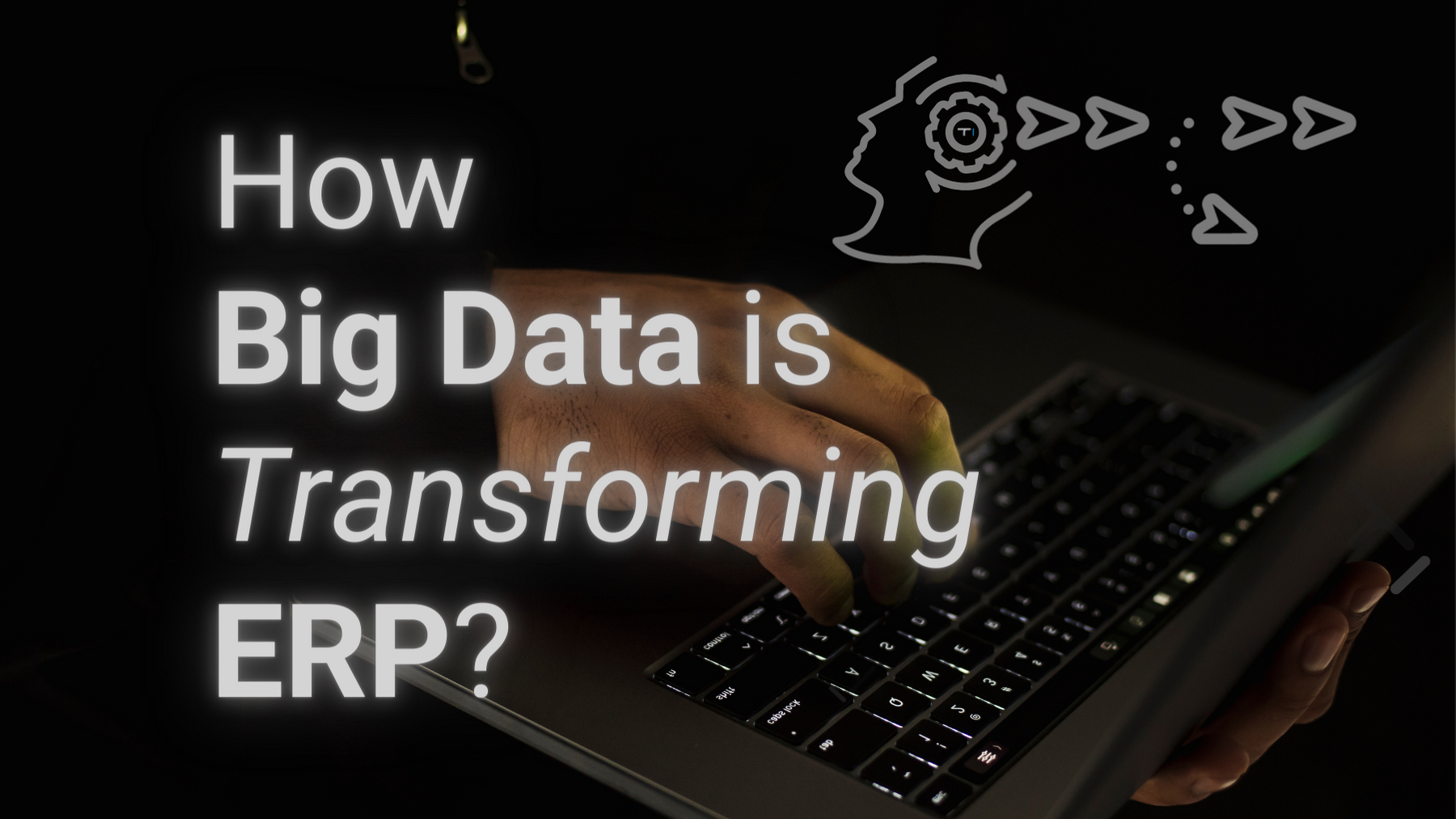Enterprise Resource Planning (ERP) has been around for a long time. In the past, ERP was primarily used by large companies with big budgets. The enterprise resource planning software was expensive and designed to be used on mainframes or minicomputers.
Today, things are very different.
Big data has changed everything! With cloud computing and mobile devices becoming popular, ERP vendors have had to change their strategies in order to stay competitive, and they have succeeded brilliantly!
No more are the days of expensive enterprise resource planning software. Now, ERP vendors can offer their customers a monthly subscription to access all the features they need for their business; this includes mobile synchronisation and web analytics tools that help monitor customer trends in real-time.
This is an especially important feature because it allows companies to use what’s called predictive analytics to make better, more informed decisions about how best to allocate their resources.
Predictive analytics allows intelligent enterprise resource planning data for a company’s current operations and planned future operations (expansion) to be analysed using statistics and other mathematical methods in order to forecast trends that might otherwise go unnoticed.
This new ability is incredibly valuable because it can help companies save money by preventing costly mistakes before they happen. Predictive Modeling can also improve customer service since the latest trends are always available on mobile devices or web browsers – so no one has any excuse not to know what’s going on!
Contents
- 1 What is Big Data?
- 2 What is the Impact of Big Data on Enterprise Resource Planning?
- 3 What is ERP transformation?
- 4 What data is stored in ERP System?
- 5 Ten Ways to Leverage the Power of Big Data for ERP
- 6 How to Develop an Effective Strategy for Your Company’s Use of Big Data?
- 6.1 Benefits of Big Data to your company:
- 6.2 Identify what type of information you want to track and analyse:
- 6.3 Determine how you will use this data for marketing purposes:
- 6.4 Storage of data should be Organised:
- 6.5 Establish a communication strategy for data access:
- 6.6 Develop policies around data storage:
- 7 Why You Shouldn’t Ignore the Value of Traditional Business Intelligence Tools in a World Dominated by Social Media and Mobile Devices?
- 8 Understanding the Key Elements that Drive Successful Analytics Projects
- 9 Conclusion:
What is Big Data?
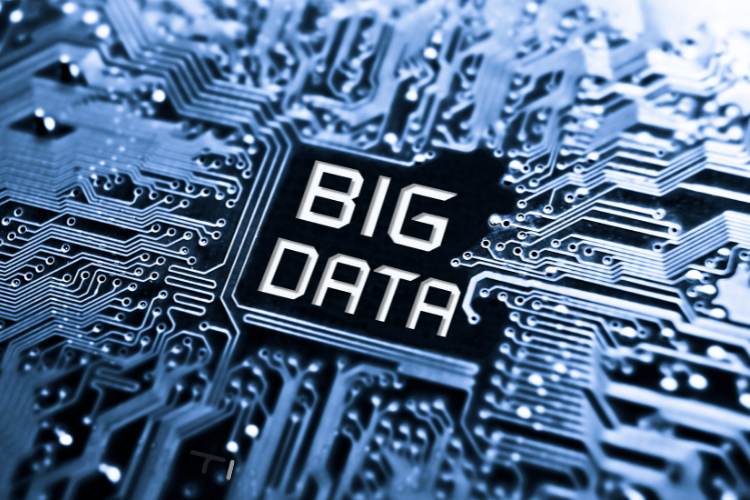
Big Data is a term for the storage and analysis of large data sets. In order to use big data, you need powerful computers with advanced software that can quickly store, retrieve and analyse these very large datasets.
Big data has been used in areas such as genomics (sequencing DNA), astronomy, social networks like Twitter or Facebook – even customer shopping patterns!
The size of digital information continues to grow exponentially — every hour, millions of gigabytes worth of financial transactions are recorded around the world.
The amount of unstructured content we produce also doubles every two years–or about 32% per year!
What is the Impact of Big Data on Enterprise Resource Planning?
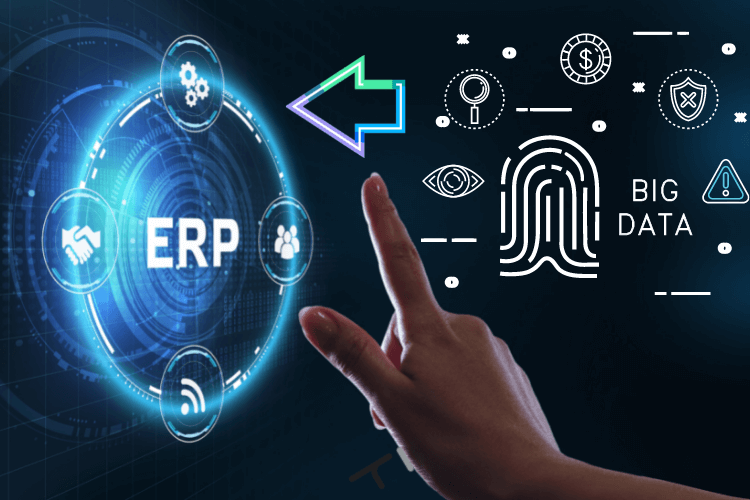
With the cost of data storage continuing to drop, it becomes feasible for organisations to store and analyse all their transactions.
Big Data has made enterprise resource planning possible by enabling companies to identify trends in customer behaviour over time and through different channels (social media, email marketing).
It is now possible for them to understand consumer buying patterns more deeply than ever before.
For example:
A company could use big data analytics software on its sales records from 2012-2014 with POS information about what products were sold at which locations during those same years; to gain insights into future shopping trends. And they can make changes as needed. A company might see that there was an increase in beer sales when temperatures dropped below 50 degrees – so they adjusted their inventory based on that customer pattern.
Moreover, big data has also impacted business operations. Companies can use data-driven insights to target customers with personalised offers and make business decisions based on customer feedback.
Big Data is changing the way that companies think about their products and services, enabling them to be more responsive in order to compete for market share.
In fact, a recent study found that nearly 61% of executives surveyed said big data has helped enterprise resource planning (ERP) improve service delivery by capturing accurate real-time information from both external sources as well as internal data points.
As a result, businesses are able to better forecast trends through advanced analytics; and subsequently adjust operations accordingly!
The power of big data extends even further than ERP improvements: it’s now used extensively in marketing strategies as well. Digital Marketing campaigns efficiency is improved by more than 60%, because of the ability to sift through previously unimaginable levels of data.
A word on privacy and security in the ERP market: recent studies suggest that most enterprise resource planning software companies are using encryption to protect consumer information. With big data, you get a clearer picture; but enterprises need to make sure they’re limiting access and storing sensitive data securely, too!
In Recent Years Big Data is also helping Supply Chain Management without much human intervention by notifying vendors when their products are approaching a shortage or trend shows there will be an increase/decrease in users of a product.
The benefits of big data also extend to the Finance department. With access to millions of records and trends, managers can control risk by knowing when it’s time for a little cash flow management or know that there is no need because they’re ahead of the game.
Big Data also allows HR teams to make better decisions about their employees’ careers with access to all sorts of information from past performance reviews, hiring history, and employee satisfaction surveys.
Data intelligence has never been more valuable in helping organisations grow sustainably. Through analytics software, companies are able to identify opportunities or threats on an enterprise level before they happen.
The trend continues as Big Data brings transparency into our lives, even if you aren’t trying!
The Benefits of Big Data go beyond the enterprise too, as consumers become increasingly data-driven when they purchase goods. There are some drawbacks to this approach–but overall, it’s positive for business, and long-term trends show that will only be more so in the future!
What is ERP transformation?
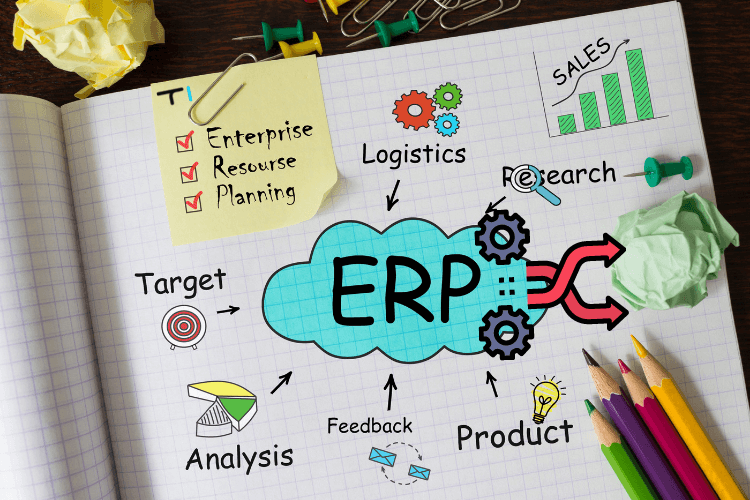
Businesses are constantly evolving in order to keep up with trends and meet customer expectations.
ERP is no exception because it has undergone a transformation of its own over the years.
But what does this mean? And how have advances in information technology helped change enterprise resource planning for the better?
Let’s take a look at some ERP history lessons as well as high-level concepts on today’s “modern” ERPs that will help you understand even more about where we’ve been, where we are now, and what could be next for enterprise resource plans going forward.
It’s important to know that enterprise resource planning is a process of managing an organisation’s resources in order to meet all company goals and objectives as quickly and efficiently as possible.
The way this has been accomplished over time, however, looks very different!
Enterprise software first began being used by businesses back in 1960, but it was limited because there weren’t many possibilities relating to big data or cloud integrations at the time, and ERPs were not much like they are now.
Nowadays, enterprise resource management (ERM) still includes most of the same processes from before, such as demand forecasting, capacity planning, inventory control/management, product life cycle management among others – though, the internet of things and the introduction of artificial intelligence ai have allowed real-time data in ERP system.
Is ERP a Digital Transformation?
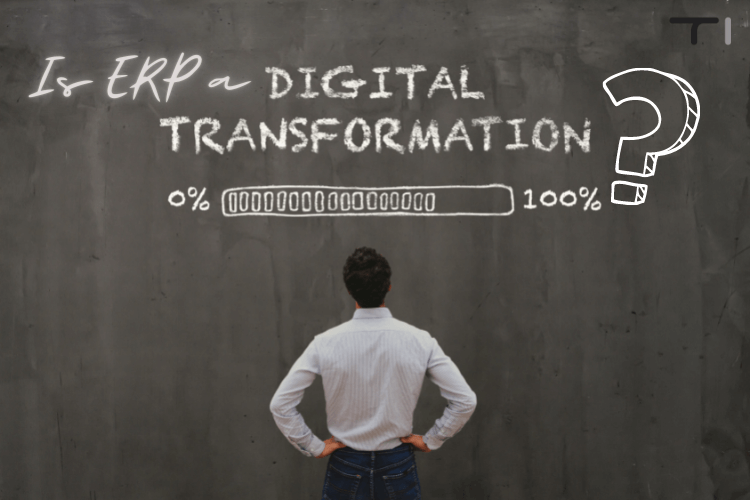
Enterprise resource planning (ERP) has been around for a long time and is commonly used by businesses of all sizes. For example, ERP systems are often integrated into the web portals or intranets that employees can access in order to request vacation days off or submit expense reports. However, technology has advanced so much since enterprise software first became popular decades ago! The internet of things (IoT), big data analytics, artificial intelligence(AI) & Cloud-based solutions– these concepts have enabled companies to become more efficient with their use of resources through real-time information available on-demand from any device at any time; which we refer to as digital transformation.
The ability to transform an enterprise’s operations in a digital way has been the driving force behind enterprises of all sizes adopting these trends. Big data analytics and artificial intelligence are what allow companies to analyse their data more efficiently than ever before, which means they can make better decisions faster with little error. The IoT is also changing how companies operate because it allows them to take advantage of real-time information from sensors across different types of machines or devices (e.g., computers, assembly lines). The Cloud-Based ERP Software has enabled multiple integrations like mobile ERP, which allows employees to access the company’s data from any device at any time.
It is now clear that the future of ERP is changing the way companies operate on a digital scale and will continue to do so for years to come with Big Data Involved into the Picture.
What data is stored in ERP System?

All of the necessary enterprise data that processes its resources and planning functions are stored in an ERP system!
- Data about business processes and functions, including information on sales orders, production schedules, inventory levels.
- Financial data like invoices or purchase order records that are entered into the system.
- Any data added by the employee in all different modules of ERP is stored.
- Data related to people such as a payroll record or benefits data for an employee.
- Information about inventory levels at suppliers, production schedules, sales orders.
All of this information can be accessed and updated by employees through their company’s enterprise resource planning software, which is typically integrated with other systems like CRM(customer relationship management) and HRMS(human resources management).
The data stored in ERP system is used for many purposes:
- Analysing trends, statistical patterns and relationships to make better business decisions.
- Forecasting future demand or production levels based on past trends.
- Historical reports of the company’s performance.
- Creating management information systems that help managers monitor current operations within their organisations to ensure they are running efficiently and effectively while achieving desired goals or objectives.
- A lot of data that runs through the system can be used by marketing departments as well. Specific data such as customer information or financial records could provide a wealth of useful insight when analysed with Big Data practices and technologies, but it’s also possible to pull insights from more general business process data like sales orders, inventory levels, production schedules.
The bottom line is that every decision made by a manager will affect some aspect of an organisation’s resources, from workflow efficiency to staff retention, so there are no surprises when it comes time for budget planning.
When such a plan takes into account all aspects of the enterprise using Big Data tools then even smarter decisions can be made.
Ten Ways to Leverage the Power of Big Data for ERP
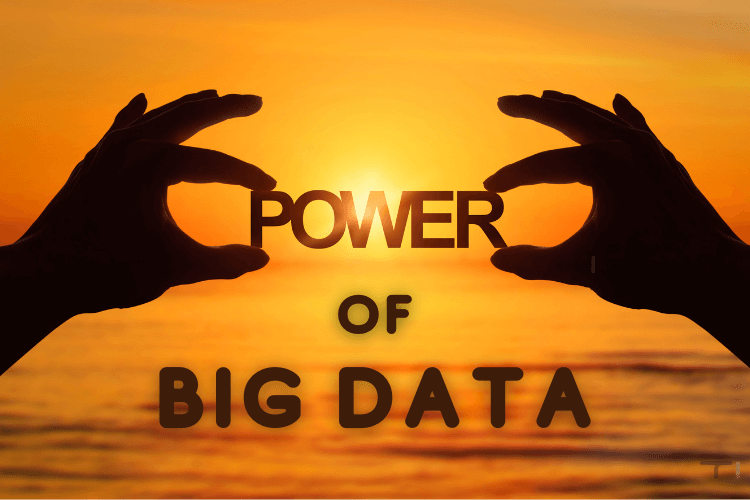
Ten Ways Enterprises can leverage the power of big data in their ERP solutions are:
- It can predict the future needs of customers.
- It enables companies to create unique products and services that fit customer needs better than ever before, which in turn increases profitability.
- Data provides a clear view of trends, helping businesses anticipate changes rather than get caught off guard by them.
- Data helps identify new opportunities for growth and innovation with data visualisation tools.
- Data provides an unprecedented level of insight into customer behaviour and preferences.
- It creates more accurate business plans based on real-world insight about how markets change over time.
- IT systems can keep up with rapid rates of change brought on by globalisation or other factors because they have access to so much valuable information available at any given point in time.
- Customer service representatives can offer more personalised solutions when they have access to customer information in real-time via big data analytics, which can help to increase loyalty among customers.
- Data can also be used for more effective fraud detection.
- Companies are able to make better-informed decisions when they have access to deeper insights into their business operations and markets. This is because of the ability of big data systems to process large amounts of information quickly without being biased by human intuition or biases that exist in a traditional ERP system, helping businesses anticipate changes rather than get caught off guard by them.
Also Check Out My Twitter Thread and Retweet with your Benefits, Thoughts on Big Data with ERP:
How to Develop an Effective Strategy for Your Company’s Use of Big Data?
Having access to more information than ever before opens up a host of opportunities for companies. However, there are also challenges that come with being tapped into the global pool of data at all times and in all places. It is of utmost importance to explore some major issues for businesses on how best to develop an effective strategy when it comes time for big data implementation or use.
Benefits of Big Data to your company:
As a business owner, you may be wondering what the next step is for your company when it comes to leveraging big data.
It’s important that you realise how much value there really can be from this type of technology and information.
Quickly list some benefits to your company:
- Big Data has a wide variety of applications in today’s society – everything from predicting future trends to measuring customer behaviour.
- The sheer volume of information means more opportunities than ever before with regards to forecasting trends or making decisions about marketing efforts.
This is a great time to be a business professional because the number of possibilities, opportunities and potential for success just keeps growing.
Also, Include an example:
When it comes time for holiday shopping, businesses know they need data points on their target audience preferences and behaviours like never before. With traditional methods, companies would have relied heavily on past purchases as indicators, but with big data access to real-time business information, it’s possible to provide a more personalised experience by understanding what products they might be interested in, when, and where.
Identify what type of information you want to track and analyse:
With an ERP Solution, a company must know what indicators create a major impact and help to improve your business processes. This is often done by monitoring and analysing key performance indicators, such as:
- Gross Margin %
- Balance Sheet Turnover Ratio
- Number of Orders Received in the Past Year
Information like the number of orders received in a year can be an important indicator for trends in enterprise resource planning because it shows how many customers are being serviced and what types of products they might want or need based on past purchases.
With this information, companies can better anticipate future customer needs while also streamlining inventory management through forecasting demand.
What information are you tracking?
Determine how you will use this data for marketing purposes:
In this example, the company would use data on orders received in the past year to inform future marketing and product strategies. For instance, they might see an uptick in sales of specific products that are not currently being offered by other companies or their own inventory, so they could plan a new campaign around those offerings.
The information may also be used as a basis for how many customers need customer service calls answered about certain issues since it shows what type of questions people have been asking lately.
The number of orders someone receives can serve a variety of purposes depending on the size and industry focus of the business interested in tracking trends like these. In this case, larger enterprises with numerous branches nationwide.
Storage of data should be Organised:
Create a plan for storing the collected data in an organised way with cloud ERP. The cloud computing model is well-suited to handling the type of workloads that enterprise resource planning needs in order to keep up with trends and stay on top of customer service.
With a few clicks, companies can set up an entire team dedicated to monitoring sales data or other key metrics for their business without it taking up valuable space in their offices–and they’re able to scale back when needed just as easily. This allows them more time than ever before to focus on strategic goals such as making improvements to marketing strategies or creating new products instead of gathering reports manually every day.
This also means staff members are spending less time managing information systems tasks like backup and recovery from employee error since everything’s automatic; mistakes are fixed immediately, so there are no issues in customer experience either.
Establish a communication strategy for data access:
A Communication Strategy with your employees should be implemented about who has access to the data collected and when they can view it.
If you’re the only individual who requires access, make sure to establish rules about what constitutes an emergency and when they should be contacted. Put this in writing with your employees as a way of building accountability.
Establish clear policies for granting access to third parties doing work on behalf of the company like marketing agencies or contractors so that information is not leaked unintentionally.
This also allows them to share data without making mistakes like naming proprietary sources, which could result in lawsuits down the line if someone else were to copy it from one document to another.
Set up a contract with vendors so that they are aware of what data can be shared, how it must be stored, and when the information will need to be deleted if the vendor is no longer contracted by your company.
Develop policies around data storage:
Create Policies outlining on how long you will retain the data on your computer (such as months or years) and where it will be stored (such as on a cloud server)
Keep a log of what data is stored on your computer so that if it’s lost or stolen, you can figure out the extent of the damages.
Make sure to encrypt all sensitive information and not leave this type of material in plain sight when going through security checkpoints at events like conferences.
Use locks and passwords for accessing resources on any shared devices that are used by multiple people (e.g., phones) as they may be left unattended for some time periods.
Why You Shouldn’t Ignore the Value of Traditional Business Intelligence Tools in a World Dominated by Social Media and Mobile Devices?
Even though the future of ERP is unstoppable.
We shouldn’t forget traditional business intelligence tools like charts, graphs, and maps because it employes visualisations which are easily sharable on social media and much more interactive then what ERP provides. ERP’s major focus is on providing valuable data, and sometimes the ERP software can be a bit vanilla on looks.
We should be able to balance the old and new trends, plus at some point, we might need ERP for data that is not available in other formats.
As business intelligence professionals, it’s our job to make sense of these competing trends so companies can find ways to grow their businesses while staying on course with strategy.
To do this effectively, you’ll need a flexible report generator tools that lets you build insightful reports using different types of enterprise resource planning software and social media platforms combined with traditional BI tools such as graphs, charts, maps, interactive dashboards, and mobile ERP apps. With all these options available today—and more still coming down the pike, it becomes difficult distinguishing what will matter most tomorrow when It isn’t just about collecting huge amounts of raw data; it’s about analysing that data for trends or insights that can help make smarter decisions.
With access to so much more valuable insight than ever before, companies are able to lower costs across their supply chain networks while increasing customer satisfaction levels at the same time.
Understanding the Key Elements that Drive Successful Analytics Projects
The enterprise resource planning (ERP) market did slow down earlier with a few notable exceptions. Software giants SAP, Oracle, and Microsoft are still investing in ERP offerings; however, they have changed their focus from new releases to selling updates and service packs.
These companies will also face increased competition from niche software providers such as NetSuite that offer cloud-based products without the licensing fees of traditional on-premise ERPs.
Key Takeaways:
- Big Data trends in ERP systems are transforming how enterprises plan for resources by analysing data across departments rather than just within one department at the time.
- Enterprise resource planners should look out for trends like this when considering future investments into an upgrade or purchase of a
- Big Data is transforming enterprise resource planning to make it feel more like a true customer experience.
- The next wave of ERP systems will be designed with big data capabilities, and some companies are already starting the transformation process.
To get an idea about how this change might affect you, here’s what we know:
The way enterprises use ERP has rapidly changed over the past few years as they have started adopting new technologies that allowed them to do more in less time through analytics and automation.
One example is SAP HANA’s live processing capability which saves end-users from having to wait hours for reports or updates while also greatly increasing accuracy rates due to its real-time nature; on average, processes that used to take two hours now only take five minutes.
Another example is the amount of data available due to new technologies, such as sensors in machines and apps that collect different types of data from employees or customers. For instance, a company might choose to put cameras on its assembly lines so they can track how much waste each machine produces at any given point in time. This information could then be sent back into SAP HANA, where it would be visualised for management purposes in order to make smarter decisions about production volumes or shift schedules.
These are just two examples out of many: Big data has transformed ERP systems by providing opportunities across all areas – including supply chain management, full operations planning, quality control analysis and more.
Conclusion:
If you’re in the market for new ERP software, it may be worth your time to read our blog post on the top 7 ERP tools.
We have identified some of the best and most popular systems available today that are created with big data analytics at their core. They can capture and analyse large amounts of disparate data from numerous sources—both inside and outside the company—to provide insights on key business trends or opportunities for improvement.
The introduction of new technology leads to the growth of integration solutions to keep up with modern vendors.
This is not only good for digital transformation but also keeps alive the traditional BI market as Big-data improvements have emerged as a way to extract meaningful information and turn it into actionable intelligence that companies use to make decisions with confidence about how best to compete in today’s global economy while keeping it user friendly and meeting their customers’ needs precisely.
